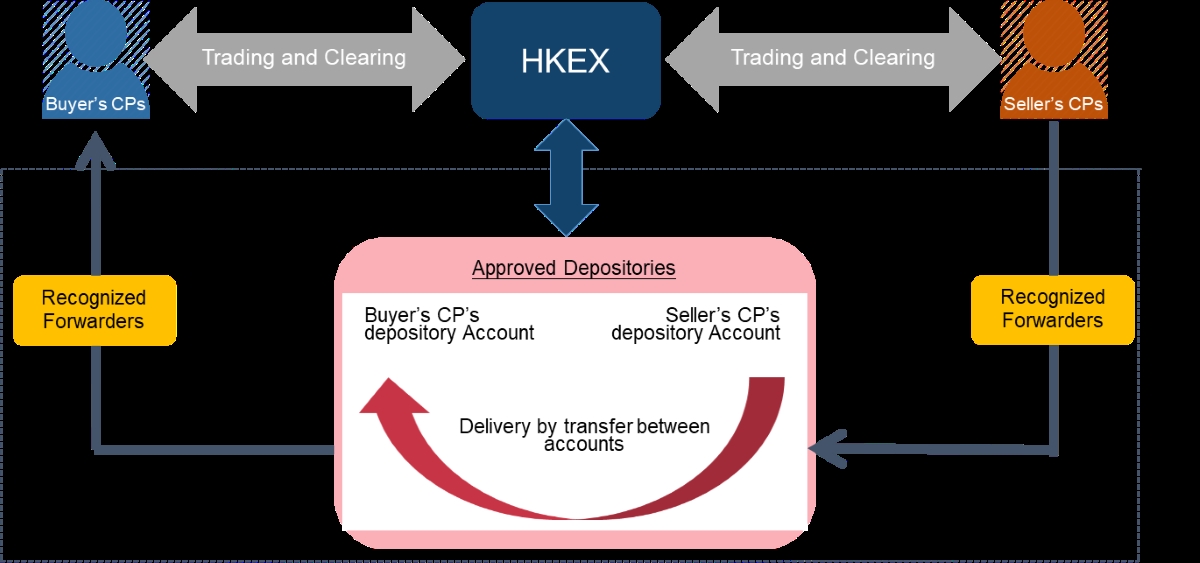

Finance
Memory-of-Price Strategy Definition
Published: December 24, 2023
Learn the Memory-of-Price strategy definition in finance and its significance in maximizing profits. Enhance your financial knowledge and strategy implementation skills.
(Many of the links in this article redirect to a specific reviewed product. Your purchase of these products through affiliate links helps to generate commission for LiveWell, at no extra cost. Learn more)
Understanding the Memory-of-Price Strategy for Long-term Financial Success
In the fast-paced world of finance, it can be challenging to navigate through the countless investment strategies and find the ones that truly work. One strategy that has been gaining popularity and proven to be effective in achieving long-term financial success is the Memory-of-Price Strategy. This approach focuses on understanding price patterns, market trends, and long-term memory to make informed investment decisions. In this article, we will delve into the concept, benefits, and implementation of the Memory-of-Price Strategy.
Key Takeaways:
- The Memory-of-Price Strategy is a long-term investment approach that analyzes price patterns and market trends to make informed decisions.
- Implemented through diligent monitoring and analysis, this strategy takes into account the historical performance of an asset or security to predict future trends.
What is the Memory-of-Price Strategy?
The Memory-of-Price Strategy, also known as the Memory-of-Price Effect, is a concept that revolves around the idea that price patterns and market trends tend to follow a certain degree of repetition over time. This strategy leverages the premise that the past behavior of an asset or security can be indicative of its future performance. By analyzing historical patterns, investors can gain valuable insights into potential future trends.
Implementing the Memory-of-Price Strategy requires diligent monitoring and analysis of price data over an extended period. This approach takes into account factors such as resistance and support levels, trend lines, moving averages, and other technical indicators. Through this analysis, investors aim to identify recurring patterns and trends that can guide their investment decisions.
The Benefits of the Memory-of-Price Strategy
The Memory-of-Price Strategy offers several benefits to investors who incorporate it into their financial decision-making process. Here are some key advantages:
- Potential for Higher Returns: By leveraging historical price patterns and market trends, the Memory-of-Price Strategy can potentially help investors predict future price movements with a higher degree of accuracy. This can lead to increased profitability and higher overall returns on investment.
- Reduced Emotional Bias: Emotions often play a significant role in investment decision-making, leading to impulsive and irrational choices. The Memory-of-Price Strategy offers a more systematic approach, focusing on data-driven analysis rather than emotional reactions, thereby reducing the impact of emotional bias.
By incorporating the Memory-of-Price Strategy into their investment approach, individuals can gain a competitive edge in the market and increase their chances of achieving long-term financial success.
Implementing the Memory-of-Price Strategy
Implementing the Memory-of-Price Strategy involves a structured and disciplined approach. Here are some key steps to follow:
- Data Gathering: Collect relevant historical price data for the asset or security in question. This can include daily, weekly, or monthly data, depending on the desired investment timeframe.
- Technical Analysis: Analyze the price data using technical indicators, such as moving averages, trend lines, and support/resistance levels. Look for patterns, trends, and potential opportunities for investment.
- Identify Entry and Exit Points: Determine optimal entry and exit points based on the analysis conducted. This can help minimize risk and maximize potential returns.
- Execute and Monitor: Execute the investment and closely monitor the performance of the asset or security. Regularly reassess the data and adjust investment decisions as necessary.
Remember, the Memory-of-Price Strategy is a long-term investment approach that requires patience and discipline. It is essential to continue analyzing and adjusting investment decisions based on the evolving market conditions.
In Conclusion
The Memory-of-Price Strategy is a powerful tool for investors looking to achieve long-term financial success. By analyzing historical price patterns and market trends, investors can make informed decisions and potentially increase their returns. Implemented through diligent monitoring, technical analysis, and disciplined execution, this strategy offers a systematic approach that can reduce emotional bias and improve investment outcomes. Incorporating the Memory-of-Price Strategy into your investment approach may provide you with a competitive edge in the dynamic world of finance.














